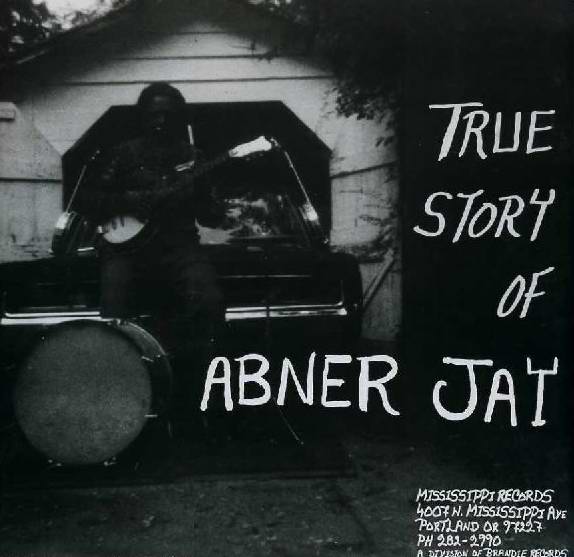So, as noted in that last post, I attended a tasting of
The Macallan scotch (site still not working for me unless it's intentionally biased against 27 year-olds) hosted by
Matchstick and taking place in the gorgeous ONE Restaurant in Yorkville, part of Toronto's only 5-Star hotel and included some amazing appetizers from the restaurant's kitchen. With two extra passes I brought along Steph and
Paul...
The Macallan produces some really nice scotches! We sampled 4 different single malts after a welcoming glass of their 10 Year Old Fine Oak: a 12 Year Old Sherry Oak, a 15 Year Old Fine Oak, an 18 Year Old Sherry Oak, and finally a 21 Year Old Fine Oak.
I wish I could remember our host's name - he was a charming 50-something French Canadian man (there was some speculation as to where he was from amongst us and our friend Brigitte but I deduced he must be Quebecois as his nostalgic slideshows, showing [mainly] memorable political and cultural events in increments based on our scotches' ages, kept showing racecar drivers and no one really cares about them other than residents of the American South and Midwest as well as the Quebecois...) who walked us through single-malt production practice (a very small "cut" of the drinkable scotch produced in a batch compared to industry standard, isolating the best-tasting liquid) and the specificities of The Macallan's distillery (smaller stills are a central aspect, allowing for the production of a stronger-tasting product), as well as the proper way to taste scotch (don't swirl it, don't shove your nose right in the glass, a drop or two of water breaks the surface tension and allows the aromas to rise to your nose, letting a scotch sit for ten or so minutes may allow different aromas to develop or strengthen as we noticed with the caramel nose of the 10 Y.O.).
In terms of the tasting, all four were very nice and we were able to notice distinct trends based on the aging process and which types of wood were used in the casks - sherry wood seemed to lend the scotch a stronger nose of vanilla and a taste recalling sharper, dried fruit while the fine oak casks gave a lighter fruit taste along with the lighter colour. As to the colours themselves, The Macallan does not follow the practice that apparently many other distilleries do of adding chemical caramel to their scotches in order to make them darker, perpetuating the belief that darker scotches are more flavourful, better scotches - this omission, while emphasized by our tasting guide, honestly does make me feel even better about this company and the "transparency" and honesty they seem to value. The custom of using sherry casks is another interesting aspect of scotch production of which I only knew part of, sherry having been the preferred drink of the monarchy in Britain historically, leading to a great number of available casks which now have to be specially requisitioned in Spain (other producers primarily use American bourbon casks - as Macallan does sometimes - which can legally only be used one time for bourbon production). I generally prefer very peat-y scotches and none of the Macallan scotches have any peat notes as they do not use peat in the drying of their barley. Nevertheless each one of their scotches had a very nice and distinct taste. Our general consensus was that the 18 Year Old Sherry Oak performed the best and I think I might have to find a bottle for my brother for Christmas, or at least convince someone else back in Winnipeg to buy a bottle so
I can enjoy it at Christmas.
I'd really like to thank both Matchstick and The Macallan for this opportunity - who knew that as a graduate student I'd really enjoy drinking while learning about one of the chief pleasures in life at the same time?

